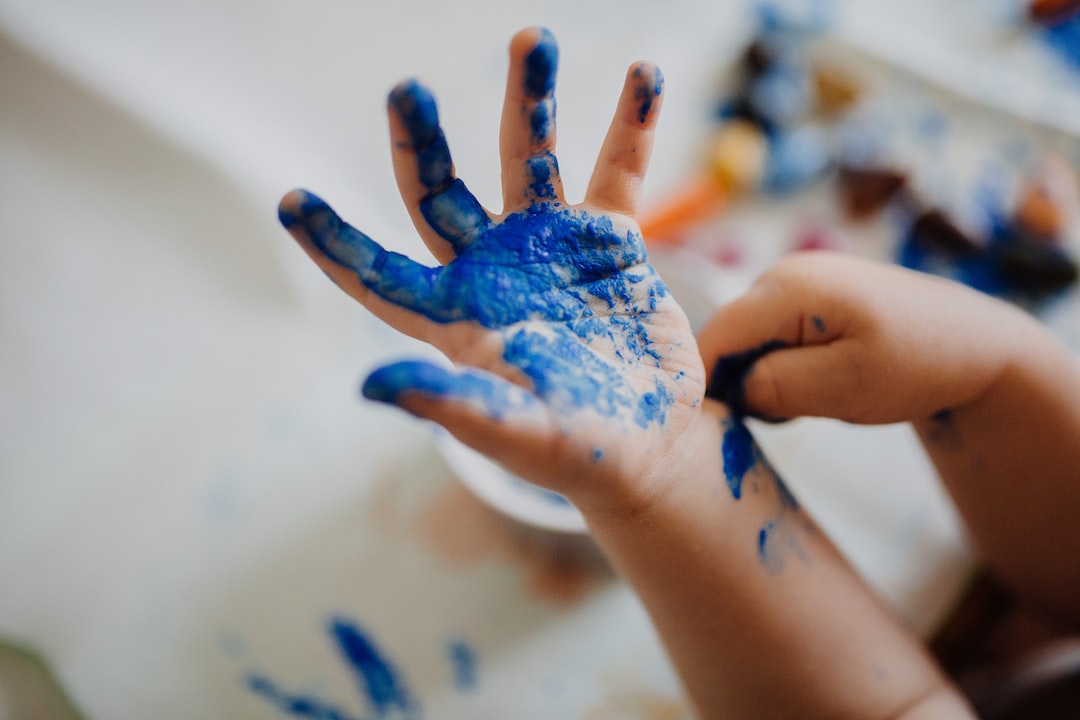Acrylic painting is a beautiful and versatile medium that has gained immense popularity among artists around the world. With its vibrant colors and quick-drying properties, acrylics allow artists to create stunning works of art in a relatively short period of time. Today, we will take an in-depth look at how to master the art of acrylic painting in a step-by-step guide.
Step 1: Gathering the necessary supplies
Before diving into acrylic painting, it is important to gather all the necessary supplies. This includes acrylic paints in a variety of colors, paintbrushes of different sizes, a palette for mixing colors, a canvas or painting surface, and masking tape if needed. It is important to invest in quality supplies to ensure the best results.
Step 2: Preparing the painting surface
Next, prepare the canvas or painting surface by applying a thin layer of gesso. Gesso acts as a primer and provides a smooth surface for the paint to adhere to. Allow the gesso to dry completely before starting the painting process.
Step 3: Sketching the composition
Before applying the paint, it is helpful to sketch the composition lightly on the canvas. This will act as a guide and help ensure a balanced and well-proportioned painting. Use a pencil or charcoal to lightly draw the main elements of the composition.
Step 4: Mixing colors
Acrylic paints can be mixed on a palette to create a variety of colors and shades. Start with the primary colors – red, blue, and yellow – and mix them to create secondary colors. Experiment with different color combinations to find the perfect shades for your painting.
Step 5: Applying the base layer
Start by applying a base layer of paint to the canvas. This will act as the foundation for the rest of the painting. Use a larger brush for this step and cover the canvas evenly. Allow the base layer to dry completely before moving on to the next step.
Step 6: Adding layers and details
Once the base layer has dried, start adding layers of paint to create depth and dimension. Use smaller brushes for this step and focus on adding details to the composition. Acrylics dry quickly, so work swiftly and confidently.
Step 7: Experimenting with techniques
Acrylic painting offers a wide range of techniques that can be employed to create different effects. Try experimenting with techniques such as dry brushing, splattering, or glazing to add interest and texture to your painting. Don’t be afraid to get creative and explore new techniques.
Step 8: Final touches and finishing
Once you are satisfied with your painting, make any final adjustments and add any necessary details. Pay attention to highlights, shadows, and fine lines to give your painting a polished and professional look. Once the painting is complete, allow it to dry completely before varnishing or framing it.
Mastering acrylic painting takes time and practice, but with dedication and patience, you can create stunning works of art. Remember to experiment, have fun, and let your creativity flow. Acrylic painting is a wonderful medium that allows artists to express themselves and bring their imagination to life on canvas. So pick up your brushes, mix some colors, and start creating your own masterpiece!

